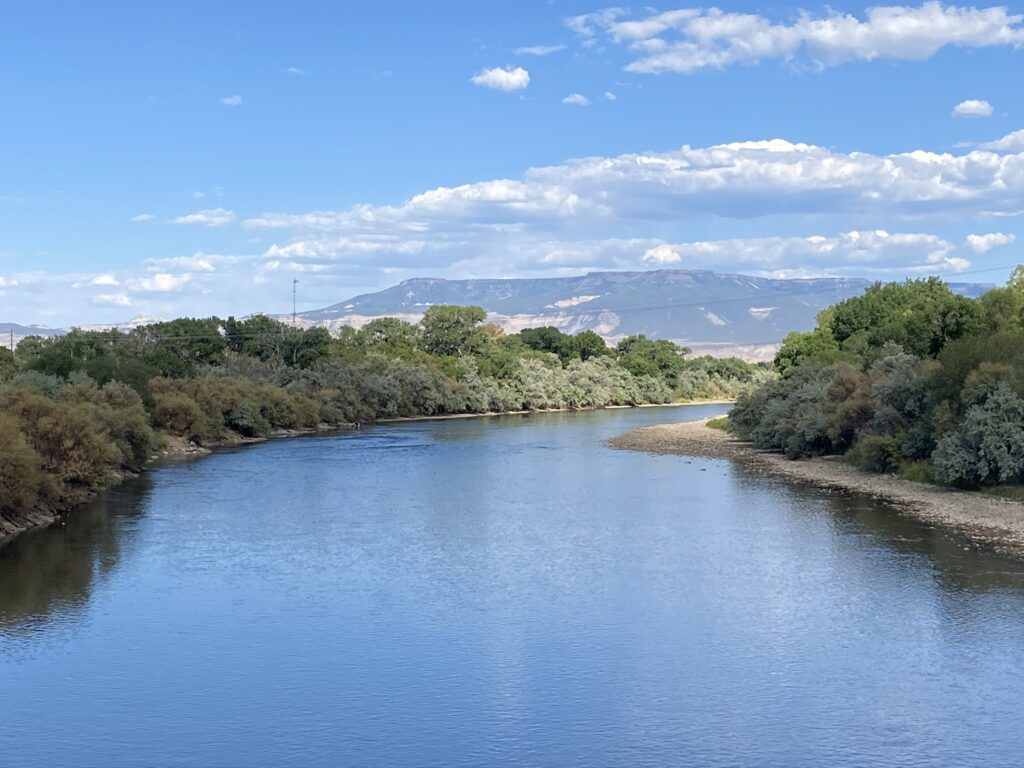(COLORADO SPRINGS, Colo.) — We keep taking from the Colorado River but what are we doing to give back to this lifeline so many people rely on?
It’s more than just a river; it’s a connected water system flowing through seven states across the southwest, and 40 million people use it.
“This river is a lifeline to this region, to all of us. It touches every aspect of our lives, whether we know it or not. Your drinking water is coming from your favorite place to go fishing or go skiing. And so we’re all connected in that way,” said Taylor Hawes, Colorado River Program Director.
As levels in the Colorado River are at an all-time low, states downstream aren’t getting water like they used to.
“We all love Colorado so much and we’re so dependent on water. And it’s really becoming a crisis,” said Andy Schultheiss, Colorado Water Trust Executive Director.
A 22-year-long drought in the west, combined with hotter temperatures driven by climate change, are causing water to dry up quicker.
The heat is causing quicker evaporation from melted snowpacks and reservoirs. And parched plants and soils soak up the precipitation sometimes before it even reaches the river.
“The future is not going to look like the past. Even since 2000, we’ve seen a 20% drop in our river flows,” said Hawes.
“The downstream states use far more water than the upstream states. There are a lot more people down there, for one thing. But for others, it’s a lot drier and hotter. And the water evaporates much faster,” said Schultheiss.
The need for this river runs deep.
“About 50% of drinking water on the Front Range comes from the Colorado River. And in Colorado Springs, that number is even higher, closer to 80%,” said Hawes.
That’s why Colorado groups, like Colorado Water Trust and The Nature Conservancy, are reeling in help for the river.
“We refer to them as holes, but their stretches of river where water doesn’t flow very well, or sometimes not at all. We buy and lease water and let it flow down the river instead of consuming it,” said Schultheiss.
“We help farmers find ways to do crop switching in some places, and put in more efficient irrigation,” said Hawes. “One of the big challenges we need to be focused on is helping our farmers use less water because that’s the biggest use of water in our region.”
Organizations are also working with farmers in Colordo’s headwaters to retain more water high up in the system.
“One possible solution is improving the health of our forests, improving the health of our soils. So when we do get rain and snow, it stays in the soil rather than evaporating to these hotter, hotter temperatures,” said Hawes.
These Colorado groups are working to make the Colorado River work for us. They’re hoping to turn the tide before it’s too late.
“Time is running out. And I think that’s the struggle we all face right now is how do we accelerate the pace of this work,” said Hawes.
Looking for a small way to help this big problem? Click here to see how much water you’re using and ways you can contribute to getting more water flowing through the Colorado River.
“It would not be the western Colorado we know and love. It would look very, very different with no water on it. And that’s the nightmare future we really want to avoid as we negotiate with the other states and we deal with increasing demand and climate change all pushing at us at the same time,” said Schultheiss.
Valerie Mills
Fox 21 News
Original Article
